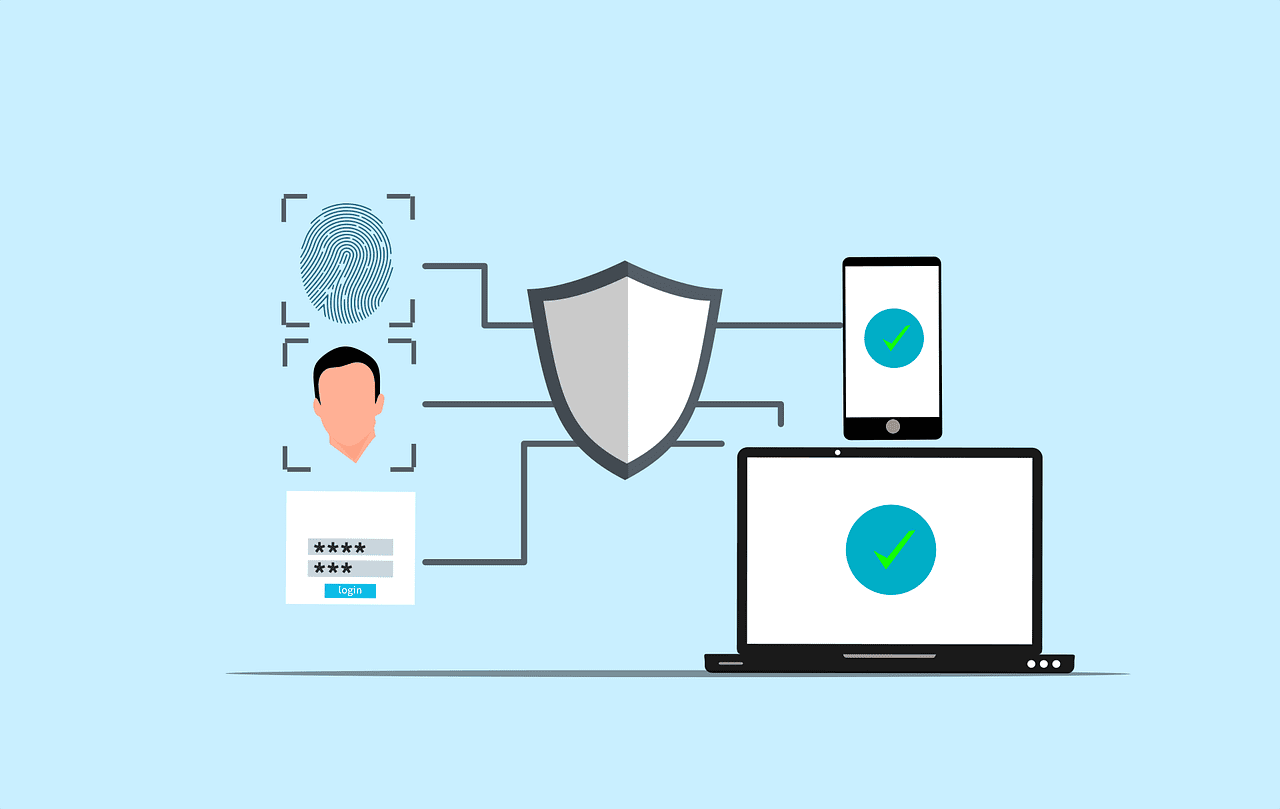
The Business Leader’s Guide to Moving Onward and Upward: Using Technology to Fuel Growth
Technology plays a significant role in the way you run your business due to its ability to fuel growth. Think of business technology as the steps on a ladder. The basics are on the bottom rungs and form the foundation. Each rung up the ladder represents technology that can build upon that foundation and grow your competitive advantage. Moving up the ladder generates greater rewards for your business; think increased profits and high-yielding performance results. Let’s begin at the bottom of the ladder then move onward and upward to the top:
Step One: IT Infrastructure
At this foundational level are your servers, switches, computers, routers and any other hardware or software critical to running your organization. You must keep this foundation up to date for myriad reasons, starting with budget. Technology is constantly evolving and you might be surprised to find that you can actually save money and fuel growth for your business by evolving with it.
Outdated or poorly maintained hardware and software can cause a host of problems for a business. Not only are your employees likely struggling to use older technology, which results in poor productivity, but you’re opening up your business to huge risks from a cyber security standpoint.
Your goal is to keep your business processes streamlined and efficient, which means your underlying IT infrastructure needs to be stable, secure and as up to date as possible. Typically this task requires some level of IT automation, and if you can’t manage it in-house, consider outsourcing to a highly experienced managed IT services provider.
Step Two: Cybersecurity, Compliance and Backup & Disaster Recovery (BDR)
There is an astounding number of businesses that don’t address these three areas properly. We see it all the time and try our best to make proactive and strategic recommendations to keep our clients’ data safe from modern hackers.
Cybersecurity: Despite repeated headlines of companies brought to their knees due to cyber attacks and data breaches, dire warnings on the dangers of ransomware and phishing, and a constant stream of social media articles on how to prevent cyber attacks, most businesses are WAY behind on security prevention.
Your customers expect you to keep their digital data secure. They expect your systems to be up and running even in the face of disaster, and quickly recoverable should an event occur. Unfortunately, we still see alarming statistics regarding cyber attacks. In 2020, 73 percent of companies were not prepared for hackers and an average of 60 percent of small businesses went out of business after a cyber attack. Without a quick recovery, you can imagine the loss in profits from downtime after an attack.
Regulatory compliance: If you’re in a highly regulated industry such as healthcare or financial services, you’re not only expected to maintain compliance, it’s mandated by law.
There are many examples of compliance regulations including GDPR, CCPA, PCI DSS, FINRA, HIPAA, NIST, DFARS and many more. Customer data protection is a big deal and the number of rules and regulations is only increasing. Even when it’s not required by law, you’ll find many organizations adhering to these standards as guidelines.
Backup and disaster recovery (BDR): Almost every business has some kind of backup in place. The question is, do you have the right data backup and recovery solution in place?
There is a big difference between backup and recovery and true business continuity. In a nutshell, business continuity is the ability of a business to continue its essential functions in the face of a disaster. This is different from disaster recovery, which is a solution for restoring interrupted services after a disruption.
Most companies will want to have a documented business continuity plan to ensure that as little time as possible is lost, and that operations can continue as smoothly as possible, should a disaster occur.
Step Three: Business Productivity and Communications
If you’re using Microsoft Office 365, G-Suite or something similar, you’re using business productivity technology. There’s a huge long list of business productivity software on the market today, from team collaboration to email management to time management, scheduling tools, customer support tools and more. You certainly don’t need every new piece of software that comes along, but there is a strong argument for making sure you’re up to date on productivity applications to fuel growth for your business.
Communications has also changed drastically over the past decade. New cloud-based technologies have ousted older, premise-based telephony solutions, mostly due to cost but also access to features that you just can’t get with older systems. If you’re dealing with an aging business phone system, take a look at the next-generation VoIP communications solutions that offer not just voice but instant messaging, video chat, desktop sharing, mobility features and much more.
Not only is old software and hardware more costly to maintain, you can be sure it’s slowing down efficiency throughout your organization. Outdated IT systems can really hold you back, especially in the face of relentless competition. There’s always going to be a competitor ready to do things better and faster than you, but you don’t have to let them. Let’s keep climbing that ladder, shall we?
Step Four: Digital Transformation and Tools
There’s been a lot of fancy literature written about digital transformation, but really it’s just a term for the shift we’re experiencing as a society. As the world becomes increasingly digital, so is the way businesses work. It’s not changing what businesses do, it’s just changing which platforms and tools businesses use, ultimately changing their procedures and workflows.
There’s no question that having the right digital tools in place has proven to significantly increase competitive advantage for businesses of all sizes. Back in the day, only the big guys (large corporations) had access to sophisticated digital tools. Now, thanks to the cloud and other advancements, most of these tools are well within the reach of almost any small to medium sized business.
In a recent 2021 small business report provided by the Digitally Driven Connected Council, results showed that “digitally advanced” small businesses (defined as under 250 employees) have better revenue and hire more people.
Studies indicate the resiliency and financial performance of small to medium businesses fall under three segments of digital tool adoption:
- Digitally advanced businesses (40 percent of total) view digital tools as an integral part of doing business and use a larger number of tools.
- Digitally evolving businesses represent 36 percent of all businesses. They view digital tools as important but use fewer tools as they are in transition.
- Digitally uncertain businesses make up 24 percent of the total and remain unsure of the value digital tools can have. These businesses use significantly fewer tools.
Other findings of these studies show:
- A whopping 97 percent of digitally advanced small businesses adopted new digital tools and business strategies during the pandemic, vs. only half (51 percent) of digitally uncertain businesses.
- Digitally advanced SMBs performed 50 percent better in revenue earnings during the pandemic vs. less digitally certain SMBs.
- Digitally advanced small businesses hired twice the number of employees during the pandemic vs. digitally uncertain SMBs.
These studies indicate that small to medium businesses with a higher rate of digital tool adoption experienced a 50 percent increase in revenue generation over those that remained digitally uncertain. This is a clear example of how it pays to invest in today’s digital tools.
Step Five: Don’t Fall Down (Let Professionals Hold the Ladder.)
Technology doesn’t stop evolving, so you shouldn’t stop climbing. To reap the benefits of increased revenue, productivity (time saved by not wasting efforts on outdated tech) and outperforming the competition, you must remain vigilant in moving onward and upward.
A solid foundation or IT infrastructure is the premise for success and will definitely help to fuel growth for your business. Each step in your journey to the top – cyber security, backup and disaster recovery, business productivity and digital transformation — will generate great rewards.
Technology should be helping your company move forward. If it’s holding you back, outsourcing IT could be the answer to fuel growth for your organization. Businesses and practices that know the value of high performing technology trust ArcLight to deliver.
Call or book a meeting and let us help you move up the technology ladder of success.
Share the Knowledge
Managed Service Provider CHECKLIST
Land on the best IT solutions partner for your needs with this easy-to-follow, one-page download.










